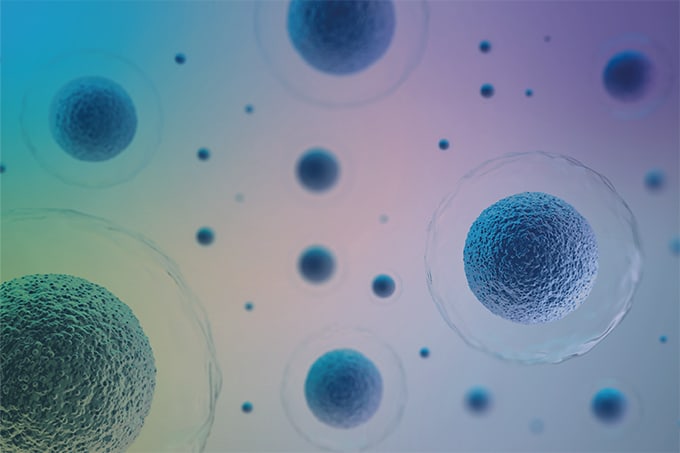
A new microfluidics-based technique has enabled high-throughput sequencing of individual viruses and cells directly from environmental samples, offering a powerful new tool for exploring oceanic microbial diversity. In Nature Microbiology, researchers from Bigelow Laboratory for Ocean Sciences and Atrandi Biosciences describe “environmental microcompartment genomics,” a method capable of generating high-quality genome sequences from thousands of particles – including viruses too small to isolate using conventional techniques.
Applied to just 300 nanoliters of surface seawater from the Gulf of Maine, the method yielded genomic sequences from over 2,000 individual particles. It works by encapsulating cells and viral particles in tiny microbubbles where their DNA is amplified and barcoded, allowing the genomes to be reconstructed after pooled sequencing. Unlike conventional single-cell methods, the approach does not rely on flow cytometry, enabling size-independent capture.
“This work demonstrates how we can increase the throughput of single particle genomics, increasing not just the quantity but also the quality of the data,” said lead author Alaina Weinheimer in a press release.
Compared to traditional single-cell and metagenomic techniques, the microcompartment approach captured a broader range of viral sizes and generated more complete genome assemblies. In particular, it revealed a surprising abundance of viruses from the recently described Naomiviridae family, which are often missed due to their unusual DNA structure.
“This group of viruses was the most abundant in our dataset, and we found evidence that it may infect the most abundant bacteria in the ocean, but we would have missed it entirely with other methods,” Weinheimer said.
The researchers note that early tests show the method also works on soil and sediment samples, expanding its potential beyond marine ecosystems. As the approach does not involve size-based pre-sorting, it offers a more holistic view of microbial communities – including bacteria, viruses, and even free-floating DNA.
“Environmental microcompartment genomics creates completely new opportunities for the study of that world,” added senior author Ramunas Stepanauskas. “Nature’s microbial world remains full of mysteries, due to its extreme biodiversity and the small physical scales that make it hard to study.”




